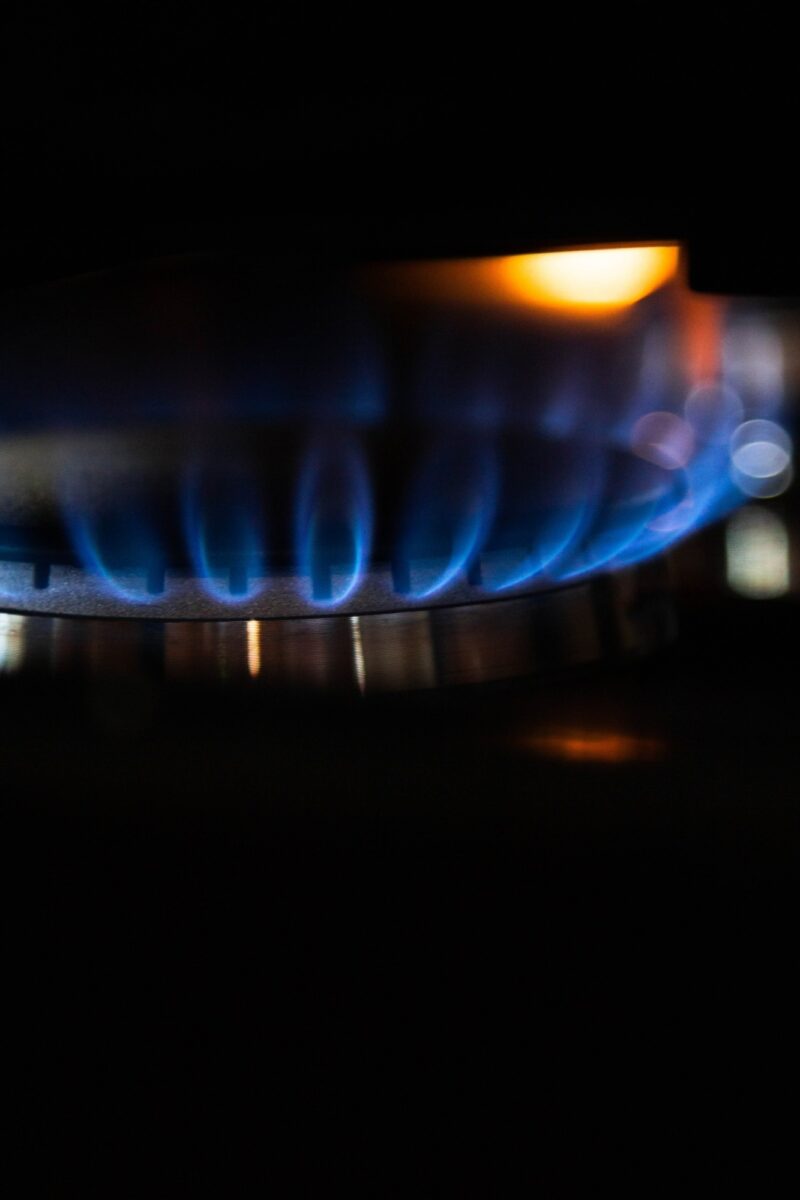Why gas is the new coal
Authors
Bill Hare, Gaurav Ganti, Victor Maxwell, Nandini Das, Anna Chapman, Matthew Gidden
Share

In order to focus the relevant communities of state and non-state actors in the industrial and climate policy realms, scientists need to provide clear guidelines for the use of natural gas in a Paris Agreement compatible energy mix. In the absence of rigorous, transparent benchmarks, it looks increasingly likely that the ‘coalition of the willing’ will be locking us into a high-carbon future.
Here, we provide a first quantification of a few key takeaways for natural gas in a world that implements the Paris Agreement and limits warming to 1.5°C:
- Natural gas was the largest source of fossil CO2 emissions increase (42%) in the decade 2010 to 2019, is responsible for about 60% of methane emissions from fossil fuel production, and about 70% if the projected increase in fossil CO2 emissions under current policies to 2030.
- Analysis of 1.5°C compatible scenarios from the IPCC Special Report on 1.5°C shows unabated use of natural gas in primary energy supply globally should already have peaked and be declining globally, and that it needs to drop by more than 30% below 2020 levels by 2030, and 65% below 2020 levels by 2040.
- Whilst the IEA’s Net Zero (NZE) is Paris Agreement compatible in overall terms, there are significant indications that its projected natural gas use is much higher than can be expected, given the availability of cleaner, zero carbon technologies in the applications where natural gas is presently used. The IEA NZE has natural gas 6% below 2020 levels by 2030 and 45% below by 2040.
- Scenario results for 1.5°C compatible scenarios likely represent the upper limit on natural gas use, consistent with limiting warming to the 1.5°C limit in the Paris Agreement because of the ongoing cost reductions in renewable energy and green hydrogen.
- Reductions in the power sector will be fully examined in a further study, but early indications are that unabated natural gas use in the power sector will need to peak within the present decade and begin a rapid decline thereafter.
- The role of gas at scale in a future energy mix consistent with limiting warming to 1.5°C is inextricably tied to the viability of a massive expansion of Carbon Capture and Storage (CCS) – a technology whose future is highly uncertain. For natural gas in the IEA Net Zero pathway, most CCS use is projected outside the power sector so that by 2030, 15% of gas used would be subject to CCS whereas only 2% in the power sector. The global CCS pipeline at present is inconsistent with the rollout of this technology at this scale.
- The natural gas industry is advancing the argument that “blue hydrogen” made with natural gas combined with CCS, is a bridging fuel to green hydrogen made with renewable energy.
- Blue hydrogen is highly emissions intensive, and further investing in this technology will lock in carbon intensive infrastructure and could crowd out the rapid scale-up of green hydrogen.
- The International Energy Agency estimates Green H2 could be produced in the lowest cost renewable regions for as low as USD 1.5/kg by 2030, comparable to cost of blue hydrogen, and beyond this time as low as USD 1.0/kg which is cost-competitive with natural gas without CCS.
- The IEA’s Sustainable Development Scenarios (SDS) are being used by the gas industry to justify expansion of gas use, gas pipelines and massive LNG expansion, however the SDS scenarios are not Paris Agreement compatible.
- One of the key developments in natural gas use in the energy system in the last decade has been the rise of liquefied natural gas (LNG), which has been touted as a cleaner alternative to coal, and for which there are substantial expansion plans globally.
- Emissions from LNG supply and end use had reached an estimated 1.25 GtCO2e/yr (~17% of emissions from natural gas) by 2020 and LNG accounted for about 12% of total gas use globally in 2020 with growth- under present policies to close to 16% of gas demand globally by 2035.
- LNG is a very carbon intensive fuel source and taking into account emissions in production, manufacture distribution and gasification, including methane leakages, may have a greater GHG footprint than coal-fired generation when used for power production.
- Because of its carbon intensity and cost the IEA NZE Pathway projects a rapid collapse of the LNG trade at the global level, which will be felt differently in different regions.
- This report presents an important case example of the likely impacts of a declining global demand for natural gas under Paris Agreement, that of the world’s largest LNG exporter, Australia, whose LNG trade can be expected under the IEA NZE pathway to collapse faster than the global average to close to 25% below 2020 levels by 2030 and halve by 2040.
While further scientific analysis of the length of a ‘bridging’ role for natural gas in specific sectors, including the power sector, is required, existing data is sufficient to disqualify natural gas as a viable bridge.
Gas is not a “bridging fuel”, it is still a fossil fuel, and to reach the Paris Agreement’s 1.5˚C warming limit, governments, investors and multilateral finance institutions must treat it the same way they do coal: target gas for a swift phase-out.
Given the above, it is important for the world to recognise that gas is as important a fossil fuel to phase out as coal.
Gas, in other words, is the “new coal.”











